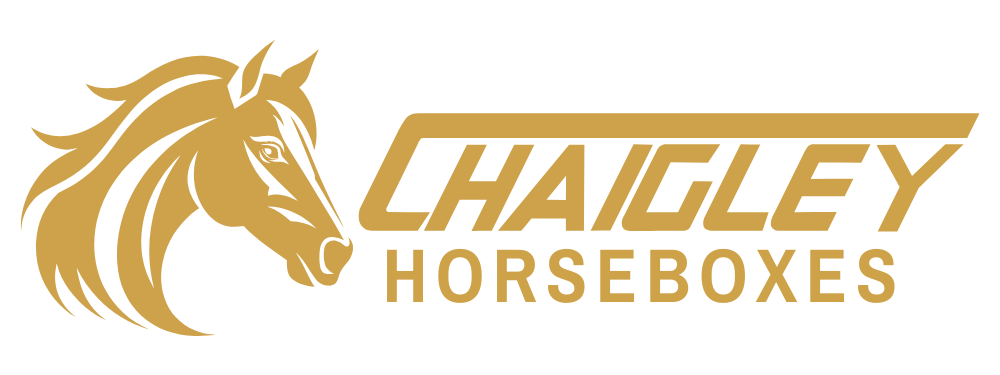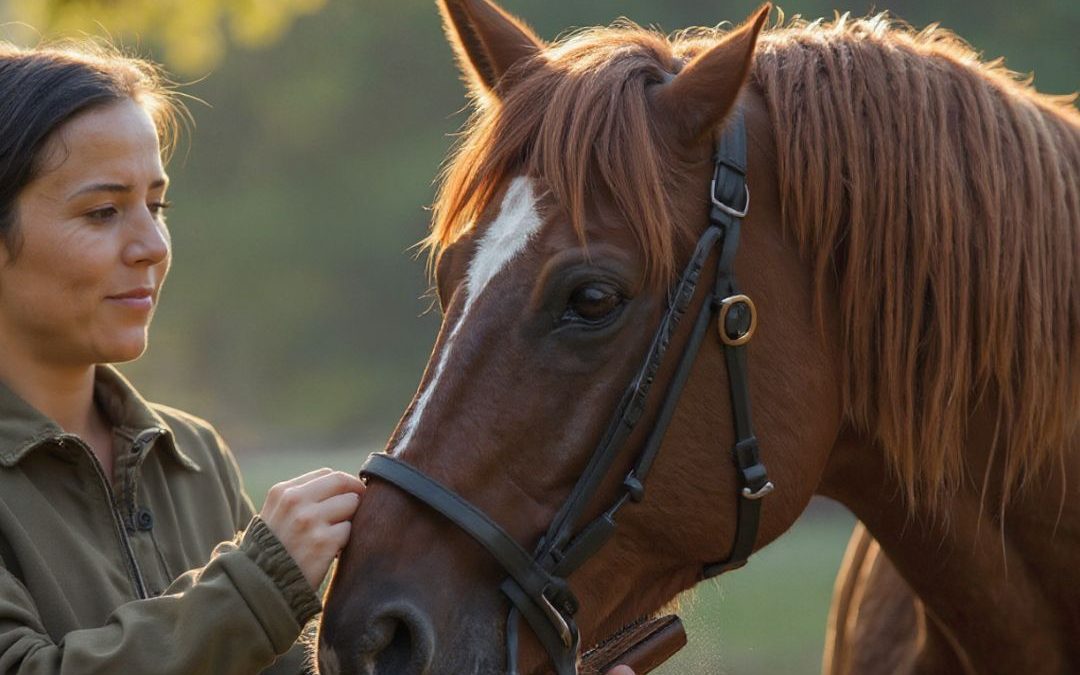Caring for your horse goes beyond feeding, exercise and stable management. Grooming is a vital part of keeping your horse healthy, comfortable and looking their best.
Whether you’re new to horse ownership or a seasoned equestrian, this guide covers the essentials of horse grooming to keep your horse in top condition all year round.
Why Grooming Matters
Grooming isn’t just about appearance. It:
• Promotes circulation through massage-like brushing.
• Checks for injuries or skin conditions early on.
• Strengthens the bond between you and your horse.
• Keeps tack areas clean, preventing sores and rubbing.
• Supports coat health by distributing natural oils.
The Essential Horse Grooming Kit
A well-equipped grooming kit is a must-have for every horse owner.
Common tools include:
- Curry comb or rubber mitt – loosens mud, sweat, and shedding hair.
- Dandy brush (stiff bristle) – removes dried mud and dirt from the coat.
- Body brush (soft bristle) – smooths the coat and adds shine.
- Mane and tail comb or brush – for detangling without breakage.
- Hoof pick with brush – to clean out stones, mud and manure.
- Sponges and cloths – for eyes, muzzle, dock and sensitive areas.
- Sweat scraper – useful after washing or heavy exercise.
Daily Grooming Routine
Most horses benefit from a daily groom, especially during muddy or dusty seasons.
A typical routine:
1. Secure your horse with a quick-release knot or cross-ties.
2. Pick out hooves first — removing stones, mud, or packed-in bedding. Check for thrush or cracks.
3. Curry comb in circular motions to loosen dirt and stimulate the skin.
4. Dandy brush to flick away debris, focusing on the legs.
5. Body brush for finishing, especially on clipped horses.
6. Mane and tail care – gently detangle, avoiding harsh pulling.
7. Check for lumps, cuts, or heat as you go.
Seasonal Grooming
Spring & Summer
- Shedding season: Horses lose their winter coats rapidly; daily grooming speeds up the process.
- Fly management: Clean coats help sprays and repellents work more effectively.
- Bathing: Occasional washes keep sweat and dust at bay, especially for competition horses.
Autumn & Winter
- Mud fever prevention: Gently remove mud from legs but avoid aggressive scrubbing.
- Rug checks: Groom before rugging up to avoid trapped dirt.
- Clipping: Many horses are clipped in winter; clipped coats need more thorough brushing.
- Condition monitoring: Thick coats can hide weight loss or skin issues. Grooming helps spot these early.
Special Considerations
- Wet Weather Care: Persistent dampness can cause skin conditions like rain scald. Regular grooming and drying off with a towel are key.
- Thick-Coated Breeds: Native and heavy breeds with feathers and long coats need extra attention to prevent matting.
- Show Preparation: For showing and competitions, grooming standards are higher — plaiting manes, whitening socks, and polishing tack are all part of the preparation.
Grooming as Bonding
Grooming is more than routine care — it’s a chance to connect with your horse. Horses often relax during grooming, lowering their heads and licking or chewing. Over time, your horse learns to associate grooming with comfort and attention, strengthening trust between you.
Final Thoughts
Grooming is an essential part of horse ownership. By making it a consistent habit, you’ll keep your horse healthier, happier, and more comfortable in all seasons. Plus, those few minutes spent each day brushing, detangling, and checking over your horse can prevent bigger problems in the future.
So, keep your grooming kit stocked, adapt your routine to the seasons, and enjoy the time spent caring for your horse — it’s one of the most rewarding aspects of equestrian life.
This article was curated with help from The Horse Life team

Chaigley horseboxes
Unit 1 Deveron Mill, Meadow Street, Great Harwood, Lancashire BB6 7EJ
Opening Hours
M-F: 8am – 6pm
chaigleyhorseboxes@gmail.com
Phone
07977 334928 or 07974 184934

